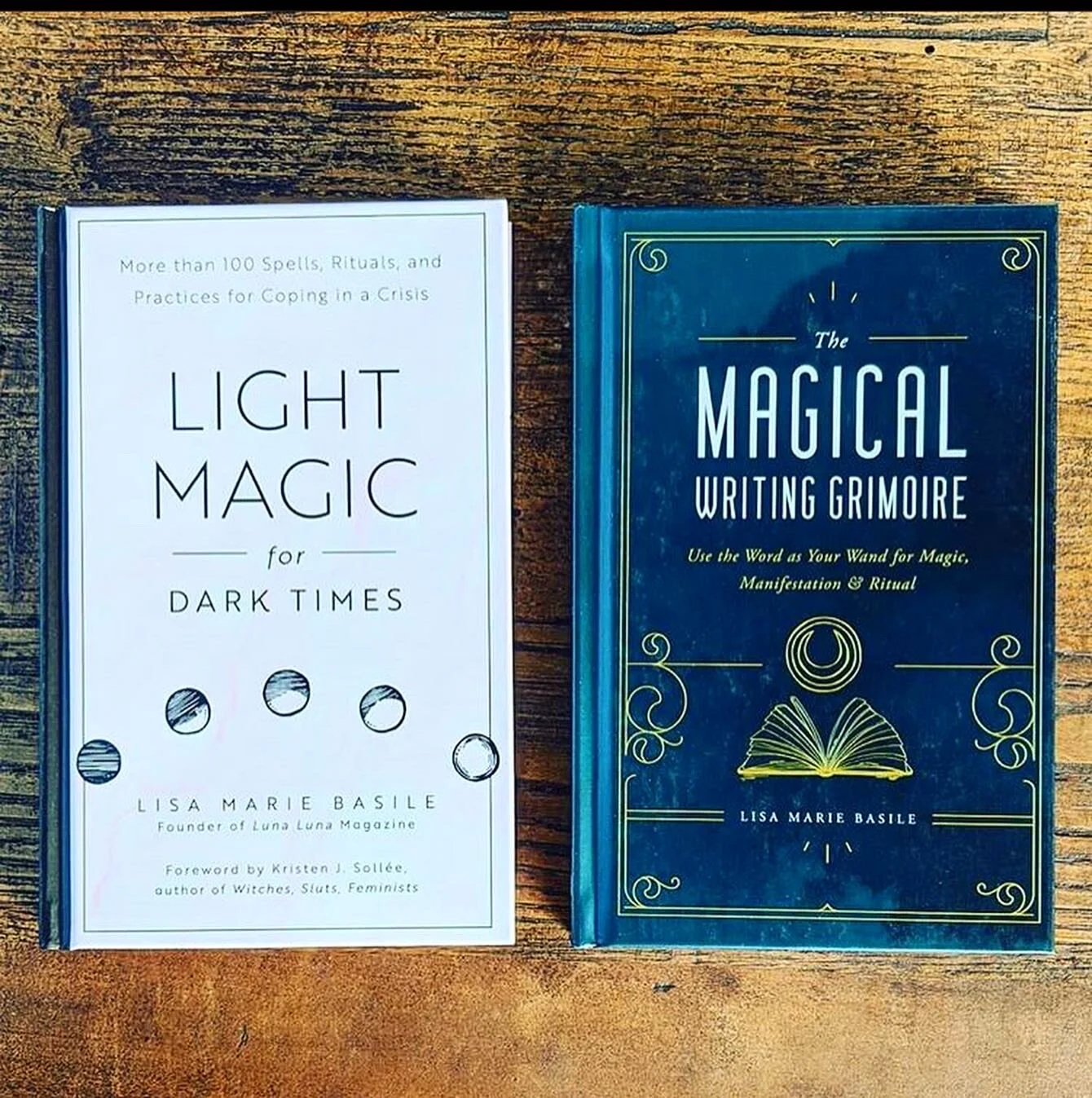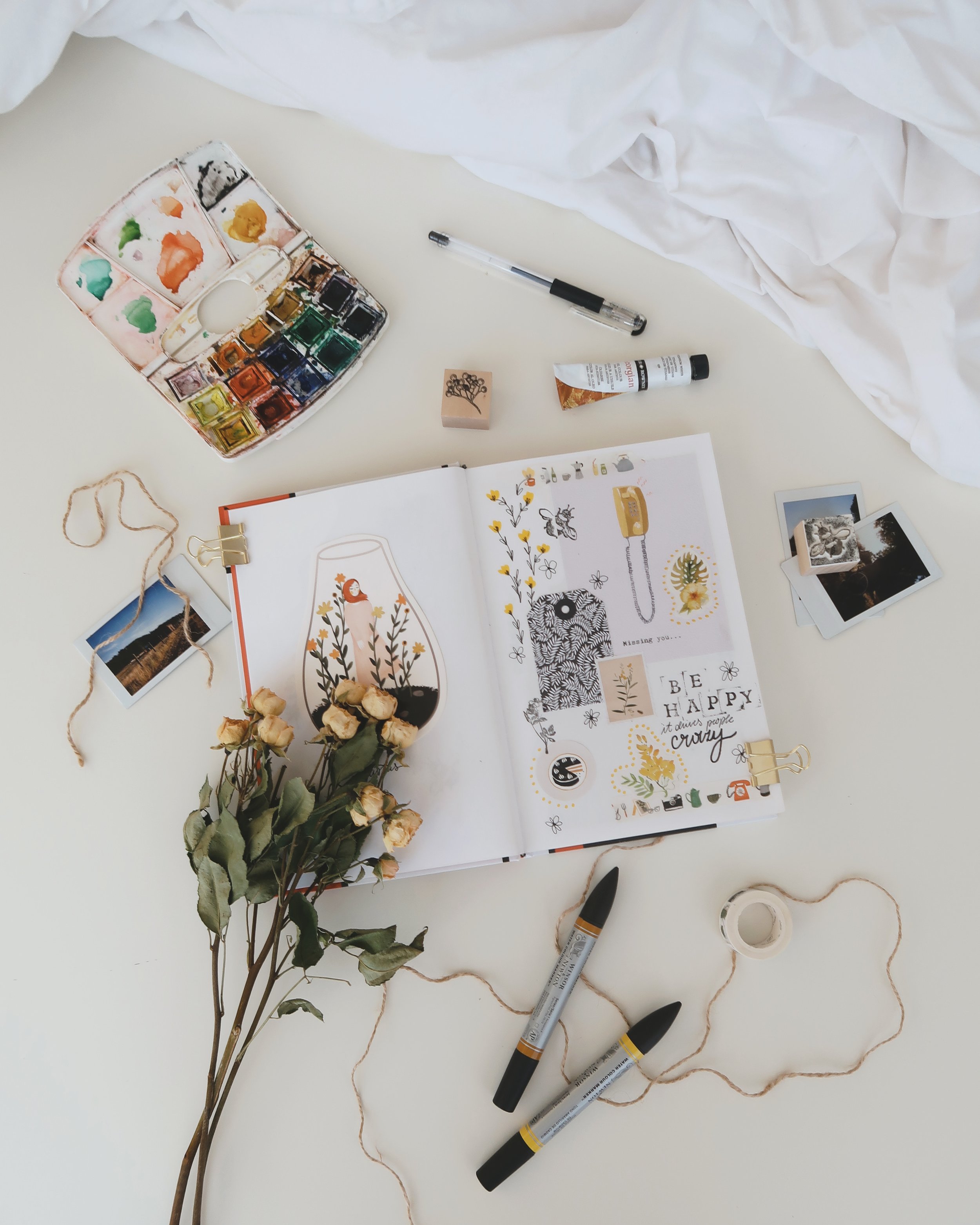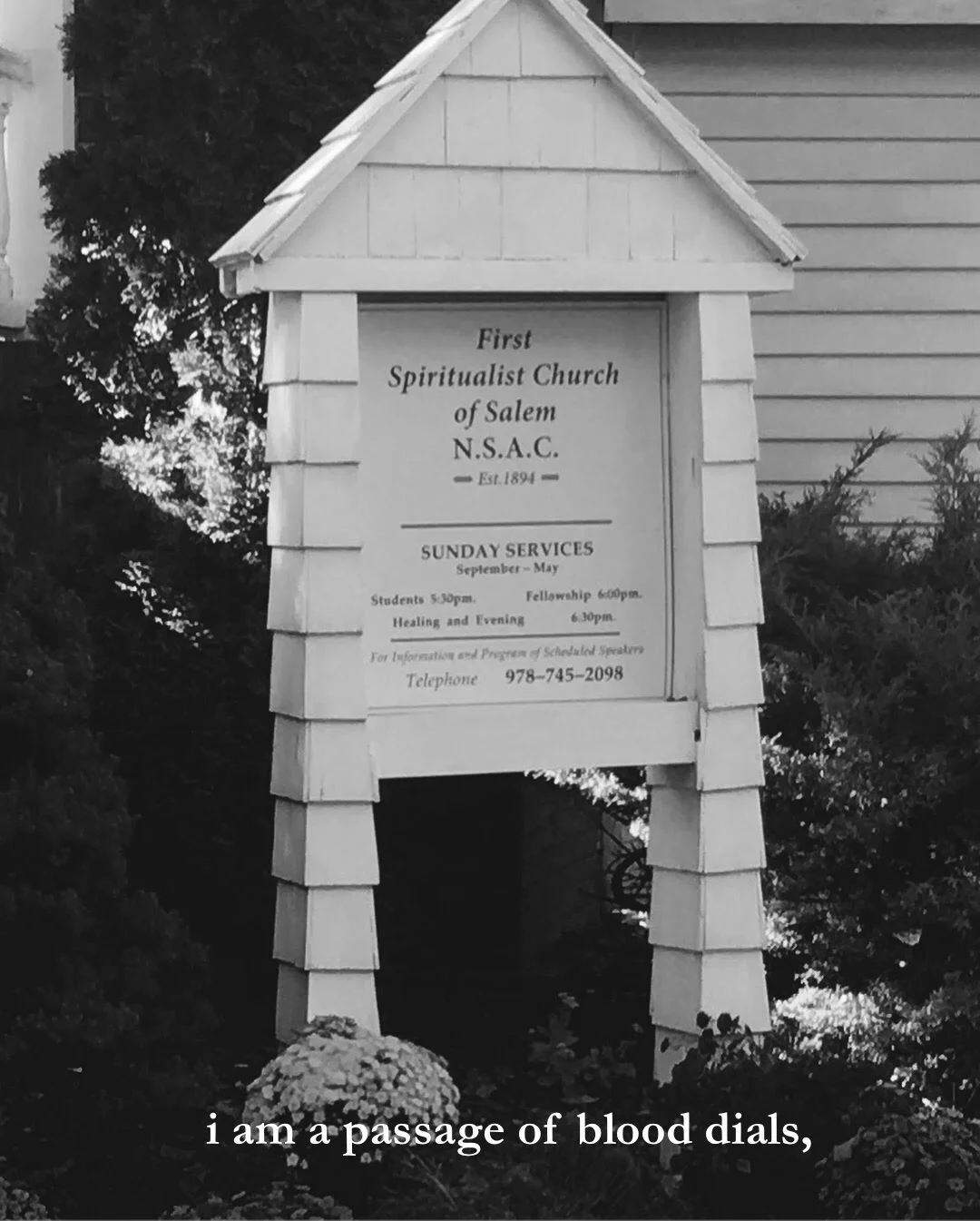“Right, you’ve got a crooked sort of cross…” He consulted Unfogging the Future. “That means you’re going to have ‘trials and suffering’ — sorry about that — but there’s a thing that could be the sun… hang on… that means ‘great happiness’… so you’re going to suffer but be very happy…”
“You need your Inner Eye tested, if you ask me,” said Ron, and they both had to stifle their laughs as Professor Trelawney gazed in their direction.”
― J.K. Rowling, Harry Potter and the Prisoner of Azkaban
BY TIFFANY CHANEY
Reading fortunes with a deck of playing cards is fun for entertainment purposes, but you can also use this as a way to analyze your take on a situation/relationship (or similarly for someone you might do a reading for). The cards have their own personalities and ways in which they interact with one another to develop a story or overall picture of what’s going on. If reading tarot has stumped you and all other forms of divination don’t really seem accessible, this may be for you.
Telling fortunes by using regular playing cards is commonly called cartomancy. This article is a basic overview of the symbolic associations of the suits (spades, hearts, diamonds, and clubs), and the numbers and royal court within Western cartomancy.
Jokers are not used, to my knowledge. Associations do vary, but the associations below are mostly agreed upon by readers. The important thing is to develop your own associations and understanding of the cards. Once you find or create a consistent system that works for you, then roll with it.
The information here will look like a lot to consume, but don’t let it dissuade you.
Reading playing cards is really easy and fun, and it can be as complicated or simple as you make it out to be. There are many interesting associations one can make between the cards and the calendar, such as thirteen cards in each suite to match the roughly thirteen weeks of each season as well as four suits to match the four seasons.
So, it is really up to you on how in depth you would like to go with association making.
Quick Note On Reversals
Some of you may be aware that in tarot readings, a reversed card can come up (which some associate with negative meanings). Some people don’t even read reversed cards. I read them usually as blocks, an energy that’s holding back or hindering the situation somehow. Reversals don’t always mean the situation can’t get better–That’s a myth.
The obvious problem with playing cards and reversals is that frequently the top and bottom are mirrored in each card. If you wish to read reversed cards, then take a red pen and mark a star in a corner of the card to indicate that when the star is on the top of the card it is then a reversed card.
This is a method I used when I first practiced cartomancy as a teenager.
Understanding the Associations of the Suits, Numbers, and Royal Court
The Suits
Spades = Swords (in Tarot)
Thinking, communication
Element: Air
Hearts = Cups (in Tarot)
Emotions, feelings, relationships
Element: Water
Diamonds = Pentacles (in Tarot)
Practicalities, material world
Element: Earth
Clubs = Wands (in Tarot)
Creativity, action
Element: Fire
Numbers and Associations
Ace – Beginnings, Opportunity; Missed Opportunity, Bad Timing
Two – Balance, Cooperation; Disharmony
Three – Connection, Sharing; Loss
Four – Stability, Foundation; Instability
Five – Activity; Disturbance
Six – Flow, Pattern, Communication; Ignorance
Seven – Mystery, Change; Stagnation
Eight – Movement, Harmony/Health, Time; Imbalance
Nine – Growth, Wishes; Disappointment, Idealism
Ten – Completion
The Royal Court as Types of People/Archetypes
Jacks
The Jacks represent children and young people. Therefore the Jack can denote something small or the start of something new. In the days before the invention of the telephone, young boys were employed as messengers, so the Jacks can be the messengers for their suits. Jacks can also represent thoughts, so there is the idea of movement connected with these cards. Young person of either sex usually under 35 years old. Can represent a child. May also represent an older person who is immature, or just young at heart.
Queens
The Queens represent women, feminine things, and the divine feminine principle. Queens represent motherhood and love, and they are nurturing, creative, receptive and introspective. The Queens denote growth and personal power. They bring emotions and intuition and healing to their respective suits. Traditionally a mature female, but the queen may represent a female of any age.
Kings
The Kings are grown men, and are the highest ranking court card. They denote mastery, authority, control and leadership. The Kings are protective and commanding, but they can be demanding, possessive, and even aggressive and overbearing, depending on their suit and surrounding cards. Male, usually mature, or in a position of authority. May also represent a younger man who is mature for his age, or is burdened by responsibilities. [Source]
Basic Personality Attributes Based on Suit Correspondences:
Spades: Powerful, intense, demanding, controlling, secretive, possessive, charming, mysterious, calculating, detached.
Hearts: Emotional, creative, romantic, compassionate, generous, sensitive, nurturing, dependable, protective, moody.
Diamonds: Independent, extravagant, impulsive, impatient, optimistic, dynamic, restless, analytical, intelligent, high strung.
Clubs: Practical, friendly, reliable, trustworthy, helpful, ambitious, enthusiastic, sensible, stable, stubborn. [Source]
Tips on Archetypes, Groups of Figures, Reversals and More
You can read about the Royal Court more in depth as stereotypes and in groups of figures, researching more about each specific card and types of cartomancy spreads.
If you feel a card is reversed, explore that feeling in writing; it’s a matter of personal preference. Research about what others have experience is helpful in pinpointing and refining your own associations.
Though, again, the important thing is to develop your own associations and understanding of the cards. Practice in doing readings for yourself and others is helpful to developing trust in your own intuition and learning more about your particular style of reading.
Do what feels right to you.
Sample Spread and Question Phrasing Exercise: The Three Card Spread
You can give the cards here any associations you would like. Here are some spread ideas to explore:
Past/Present/Future: Position 1 is represented as past; position 2 is represented as present; position 3 is represented as a possible ‘future’ springing from the present as it currently is.
Current situation (Position 1)/ Obstacle (Position 2) / Advice (Position 3).
What you can change (Position 1)/ What you can’t change (Position 2)/ What you may not be aware of (Position 3).
The nature of your problem (Position 1)/ The cause (Position 2) / The solution (Position 3).
Option 1 / Option 2 / Option 3.
Option 1 / Option 2 / What you need to know to make a decision (Position 3).
You (Position 1)/ Your current path (Position 2) / Your potential (Position 3).
You (Position 1)/ The other person (Position 2)/ The relationship (Position 3).
Tip: Avoid Yes/No questions or very vague questions. Use simple, open-ended questions. Let’s explore that:
Let’s pretend we are doing a three-card reading about a relationship for a friend named Rachel. She just started dating this guy Bob but he’s been acting distant lately, and she doesn’t know what to do about it; should she talk to him, give him space, or what?
So if we were to use the three card spread here we could use Current situation (Position 1)/ Obstacle (Position 2) / Advice (Position 3).
We should relax and make sure our minds are clear and focused.
If Rachel is there, so we can have her shuffle and cut the cards to associate her energy with it, or we can clear our minds and replay Rachel’s description of the situation and shuffle/cut the cards.
Lay the cards in positions 1-3, or one at a time; remember to do what feels natural to you. Take in the cards; let the associations come to you; then knit the associations together. There’s a natural narration. Let’s look at it together.
Where are the cards? What are their associations and how do they relate? What is the story here?
Position 1/Current Situation: 9 of Spades: Spades relate to thinking and communication. Rachel is definitely concerned about distance in the relationship; worry is at play. The number nine relates to disappointment and wishes. Perhaps she longs for him to communicate in a certain way. Ask her. It seems there may be a communication issue.
Position 2/Obstacle: 8 of Diamonds: Diamonds relate to the material world and practical concerns. Eight is associated with movement, harmony, health, balance/imbalance related to the self. Perhaps he’s dealing with the movement of career/funds at work or home and there’s stress there. (There may feel like there is a gap in the information or story; go on to the next position(s) and let the reading tell you the story of what’s happening.) The obstacle hints at something to do with practical matters but also an issue of balance. One or both of them may have gotten busy with life and work and so Bob may seem distant. Perhaps he’s just using it as an excuse. Either way, the block indicates that the relationship isn’t really moving right now in a way that she desires.
Position 3/Advice: 10 of Diamonds: As we know, Diamonds relate to the material world and practical concerns. Ten is associated with completion. Completion could be positive like all is well, or what if it means the relationship is over?! Let’s go back to the associations before we jump to conclusions. Completion is about the seasons of cycles. Something ends and something begins. There is a definite focus on Diamonds/the practical in this reading. Here we may need to ask Rachel more in depth questions. What is she not aware of?
The reading feels like it needs more substance and information. So let’s pull what’s called a Clarification Card. It’s an extra card you can pull from the deck to clarify what feels hazy in the reading or unclear.
Perhaps even Rachel doesn’t know how to phrase it or what she even is seeking. There is always something underlying. Let us (or have her) cut the cards and draw an extra card… While doing this, feel the question “What is she not aware of regarding this situation, that she needs to know… What will be the most helpful?”
Clarification Card: The Jack of Spades
Spade personalities, as denoted previously, can be charming and detached. Since business matters come up in the reading, it is reasonable to assume this person is clever. This card seems to describe how Rachel sees Bob. It seems that Bob is a young man focused on his career right now, enjoying the pleasures of life…
Rachel is one of those pleasures. In terms of advice, it seems that by the Jack of Spades showing up it would be plausible that Bob is set in his ways and probably not going to change his communication style anytime soon.
The Ten of Diamonds does suggest completion and satisfaction. Perhaps she finds joy in sharing a similar phase of life with him–the pursuit of a fulfilling career and the building of supporting structures–such as a relationship. On the negative end of Jack of Spades’ traits, maybe he hasn’t been honest about what kind of relationship he wants or what his priorities are.
On a similar note, Rachel really needs to ask herself what she wants and needs right now in life, which unites the associations of communication and practical concerns within the reading. If this resonates with Rachel, then we would hope she has a little more insight into her feelings about her situation.
Whether reading tarot or playing cards, it’s like when we lay down and make shapes out of the clouds. The clouds have a say in this, too. We have to let the elements move about in their way. We trace the patterns with our eyes.
We choose what most resonates. We live the lessons we discern. Cartomancy can be used to gain further insight into situations or relationships this way, or it can just be a cool parlor trick to get a free drink at the bar.
Either way, at some point in our lives we are all “going to suffer but be very happy.”
Further Reading
Fortune-telling by Playing Cards: A New Guide to the Ancient Art of Cartomancy
Editor's Note: This appeared previously on our old site.
Tiffany Chaney is a poet, a witchy woman that still swings on the swing set and wishes on stars. She suggests you try it sometime. She writes articles and a Weekly Tarot column on Sundays for Luna Luna Mag. Snag your reading here. Her poetry collection Between Blue and Grey won the 2013 Mother Vine Award for Best in Poetry. Discover more about her writing at tiffanychaneycom. Now, crank up the volume to the tune playing in your head and dance to a Mad Girl’s Love Song.































